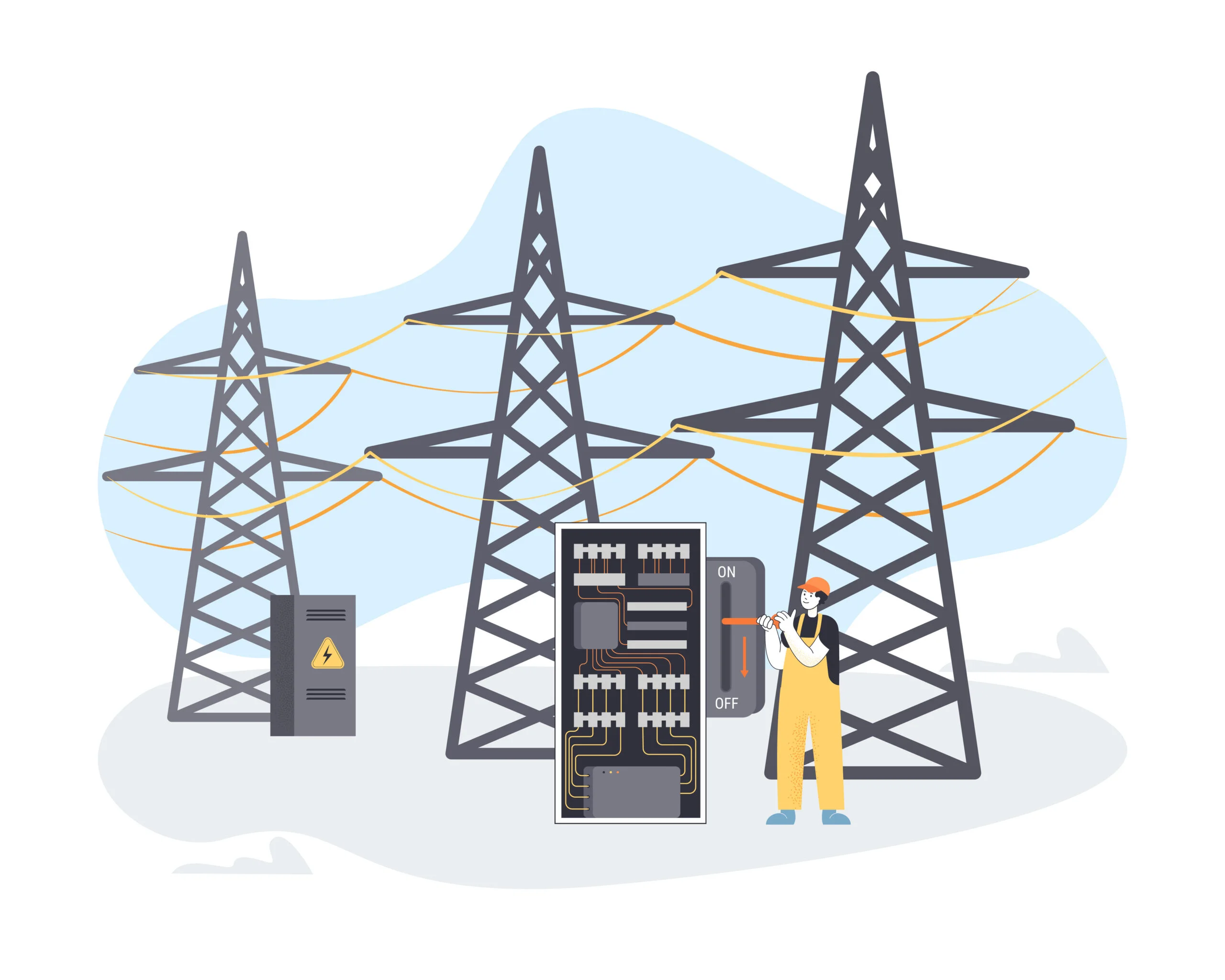Early this year, analysts reported that U.S. electric demand is projected to spike by almost 16% over the next five years. This increase in electric demand is driven by many factors including AI and data centers, which the DOE reports could grow to consume between 6.7 to 12% of total U.S. electricity demand by 2028, supply chain challenges that lead to material shortages, and more. Globally, it would cost $21t in grid upgrades by 2050 to achieve a net-zero trajectory, which mitigates the impact of climate change. Still, basic grid upgrades are exorbitantly expensive even without focusing on net-zero objectives. During the energy transition, demand flexibility programs like demand response, EV charging, and virtual power plants are critical in meeting rising demand, all of which require a distributed energy resource management system (DERMS) to function. Fortunately, with the right DERMS, utilities can manage all of their demand flexibility programs while defraying the staffing and training costs associated with new programs.
All-In-One vs. Single Source Procurement
As new demand flexibility strategies have emerged, vendors have worked to meet those needs, in many cases creating a patchwork of individual program solutions. This may manifest as a utility owning separate solutions for EV charging, demand response, virtual power plants, or more. Likewise, this may include separate or limited customer engagement and forecasting options, and software that helps utilities develop, scale, and plan for their energy needs. Altogether, these solutions foster a holistic ecosystem of load management and virtual power plant solutions meant to address not only managing energy but projected demand and customer needs. Why work toward this outcome piecemeal?
– Syd Bishop, Sr. Content Specialist, Virtual Peaker
All-in-one solutions address these challenges by providing one solution that addresses multiple issues. Perhaps put more simply: DERMS systems are designed to handle all distributed energy resources (DERs) of the same type. For example, a Grid-Edge DERMS is designed to handle ALL behind-the-meter DER assets. As such, finding an all-in-one solution helps utility operations minimize program costs, while expediting programmatic deployment; because every solution is under the same umbrella, development time, as well as training and staffing costs are limited.
Types of DERMS
Demand flexibility programs are realized by leveraging distributed energy resources (DERs) like solar, battery energy storage systems, electric vehicles & EVSE chargers, and smart home devices like thermostats and water heaters. These assets are managed by a DERMS, but not all DERMS are created the same. A Grid DERMS manages utility-held DER assets like solar or battery installations. By contrast, a Grid-Edge DERMS manages all behind-the-meter DER assets. With DER adoptions on the rise, Grid-Edge DERMS provides a path to leverage community-held assets both to empower the grid through virtual power plant strategies or through the concerted conservation efforts of load-shifting programs.
Average Training Times & Costs
According to Indeed, it costs an average of $1252 to train each employee. Furthermore, training counts for an average of 33 dedicated business hours reducing staff to support non-critical (in the moment) activities. These costs represent a national average. For example, the site ZipRecruiter lists an average salary range of approximately $107,460 annually/$52 per hour for utility program managers. Following the national average for training time, that figure balloons to around $1716 for 33 hours of training for each employee who needs to learn. Now, suppose you spread that across separate software solutions for DERMS, EV charging, forecasting, and customer engagement, and the costs continue to increase.
An all-in-one demand flexibility solution mitigates these costs by simplifying the process. With an all-in-one demand flexibility solution, utilities can streamline their training process by relying on the same software with the same interfaces and learning curves across solution types. Furthermore, an all-in-one load management solution minimizes device fees, training costs, software costs, and API fees, all while lowering training costs and learning time.
Costs of Employee Retention
Last year, the Energy Workforce Survey indicated that turnover in the energy sector is at an all-time high. This data demonstrates a dearth of skilled laborers, one compounded by industry pressures, the pandemic, and more outside factors. In Europe, research indicates that even a 10% increase in the turnover rate—which the American energy sector has exceeded—can raise safety and maintenance costs by 5-7%. An all-in-one demand flexibility solution helps mitigate these challenges by simplifying the process. As new employees start, the training process to manage every demand flexibility program is uniform, alleviating time and helping get new staff up to speed quickly.
Lump of Labor Fallacy
The Lump of Labor Fallacy is an old logical fallacy that supposes that incoming workers will replace existing employees. At this point, this primarily refers to concerns over AI replacing skilled laborers. What the lump of labor fallacy erroneously assumes, however, is that any existing laborer would be rendered obsolete, when the opposite is true: with a better-trained staff, more work can be done in different areas. An all-in-one demand flexibility solution is designed to amplify and complement available staff, helping them to meet their objectives quickly and effectively. This, in turn, frees time up to allow employees to fine-tune other elements of their work, whether that’s in determining better virtual power plant strategies, forecasting for a better tomorrow, or leveraging behind-the-meter DERs to yield a reliable, AI-guided outcome every time.
How All-In-One Demand Flexibility Procurement Streamlines Staffing Costs Conclusion
The unparalleled challenges facing the energy sector aren’t impending, they are here. Supply chains are compromised, electric demand is spiking, upgrading the grid is fiscally untenable in the short term, and the energy transition continues. Securing demand flexibility ad hoc features many expenses, from the overall cost-per-demand flexibility solution to individual device costs and back-of-office staffing costs. Finding any opportunity to defray high costs is imperative to the bottom line of any utility, especially as those opportunities—demand flexibility initiatives—in turn, generate revenue. With an all-in-one demand flexibility solution, utilities can quickly develop and scale their programs, and with ease of training, the barriers to ensuring continuity of service through skilled, trained staffing is easier than ever and lucrative.






